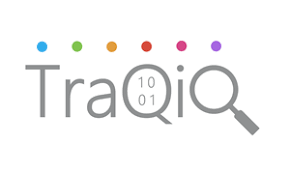Most companies are trying to stay competitive, increase market share, and stay in sync with their customers.
Mobile devices, digital everything, data-driven decisions, and other such factors are clearly driving forces in the digital age. Change is constant. How does one run a company or a department or a product group in a manner that maximizes market share, profitability, and customer satisfaction? By being “Agile”, of course.
Facebook clearly saw innovative features in Snapchat. They tried to buy the company in 2017. When they failed, they started to copy/emulate some of the key features. This rapid movement reduced growth for Snap, and clearly helped Facebook keep their top properties in the spotlight in social media.
This is a great example of business agility. Customers wanted a key set of features. A large company like Facebook was able to respond rapidly and recognize this need. The engineering, marketing and other teams moved rapidly, and rolled out these features in record time, before there was any significant business impact.
With so much activity and competition out there, engineering teams must meet customer needs faster. Moving to outcome-based software planning and delivering helps teams do just that. But it’s more than that. Agile helps organizations in multiple industries improve product quality, time to market, and employee satisfaction.
In addition to Outcome-based planning, it is essential to include change management in the software development process. In most scenarios, the process of building the software, testing it and reviewing it with customers will produce significant change. This iterative process is likely to meet the customer’s requirements better, through early and continuous delivery of valuable software.
Being able to deliver working software modules rapidly allows for the user community to get comfortable with it, and test the features, functionality, and business impact. Being able to capture changes in the user requirements at every stage ensures the software is going to meet the user’s requirements.
TraQiQ’s Digital transformation team has worked on multiple significant efforts to move companies to the Agile methodology and welcomes the opportunity to tackle tougher challenges.



